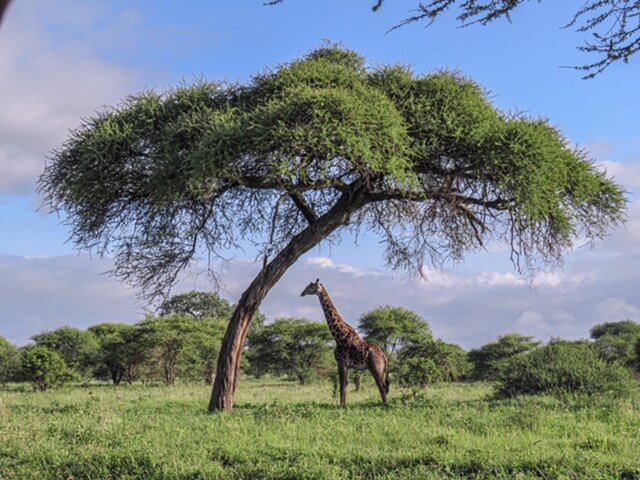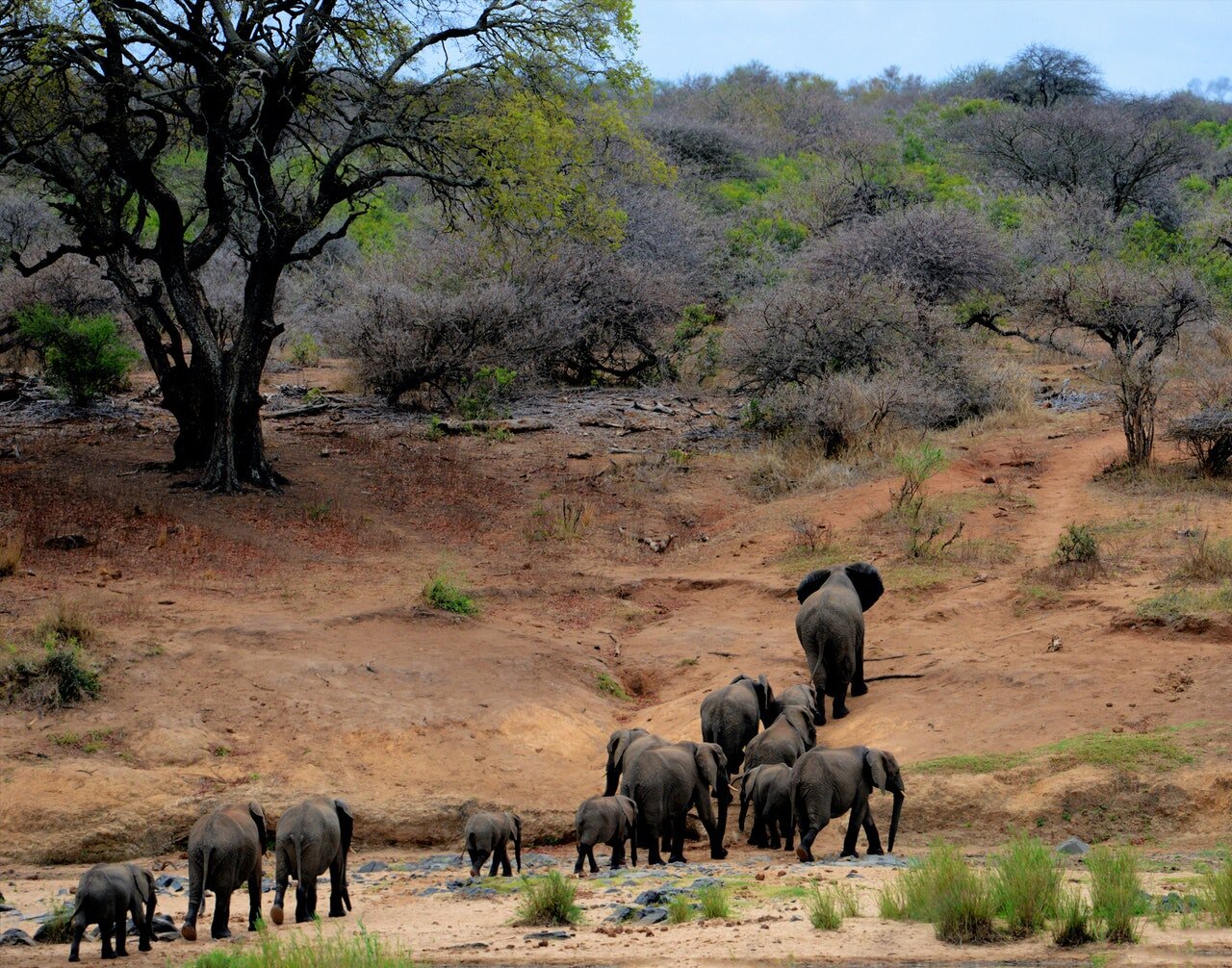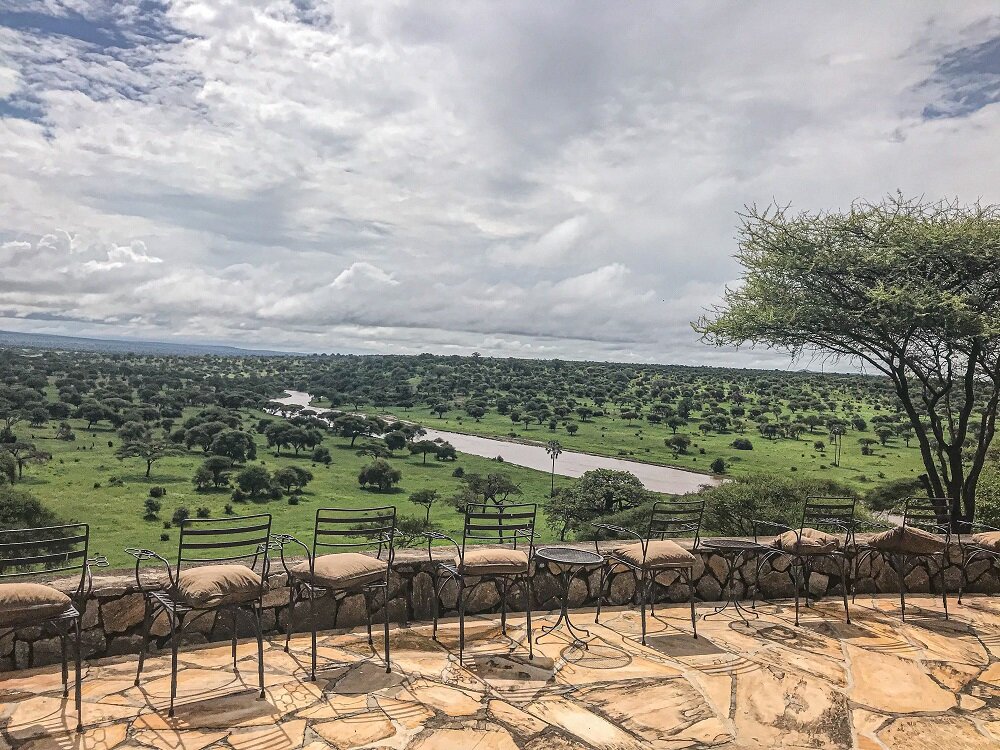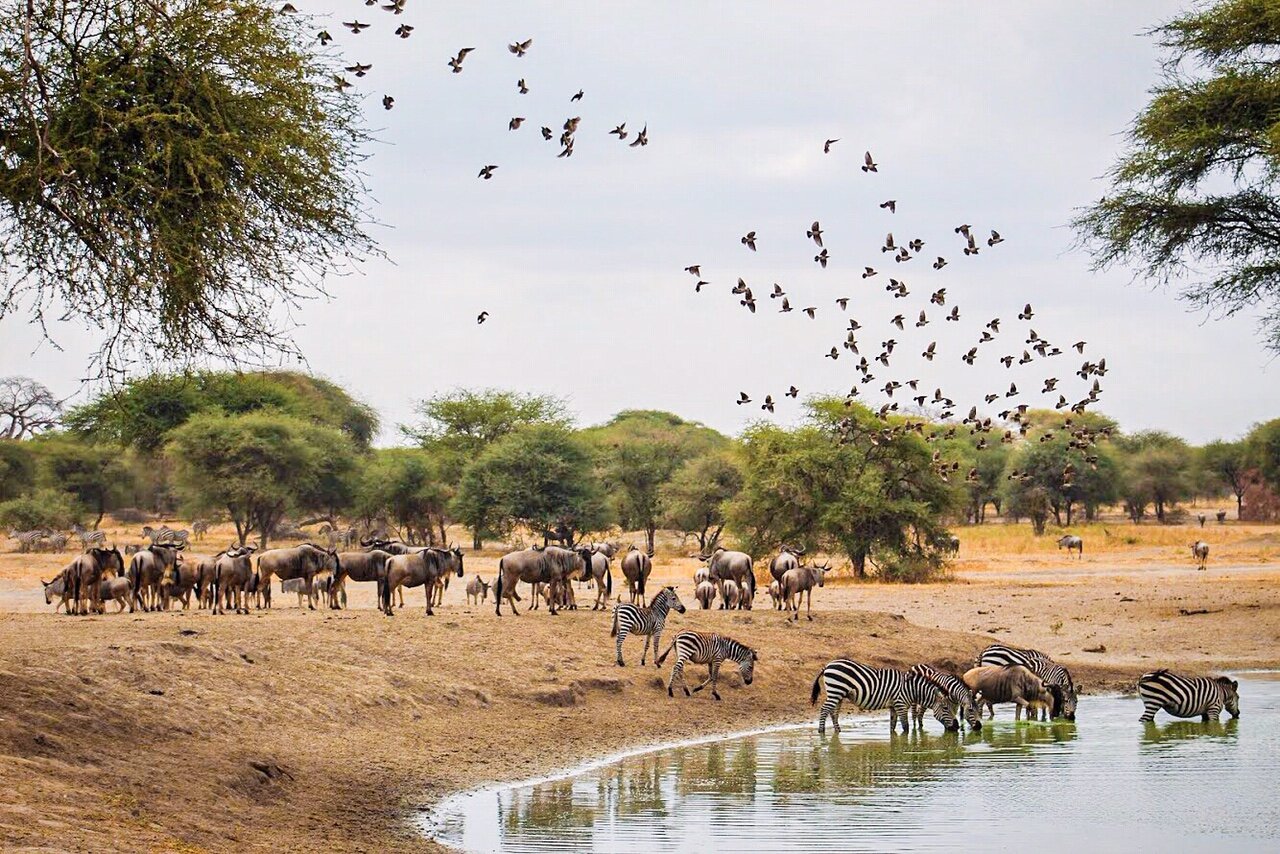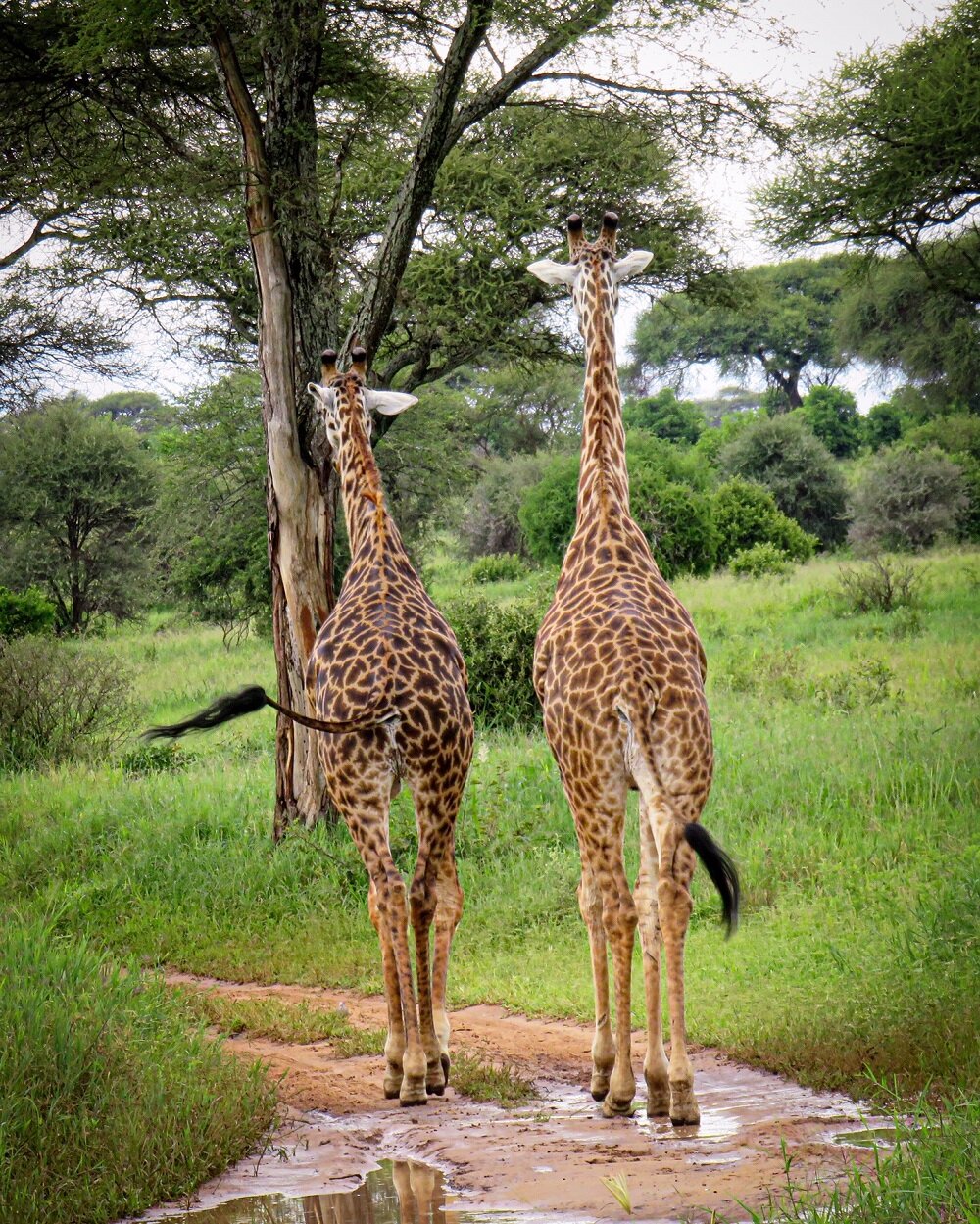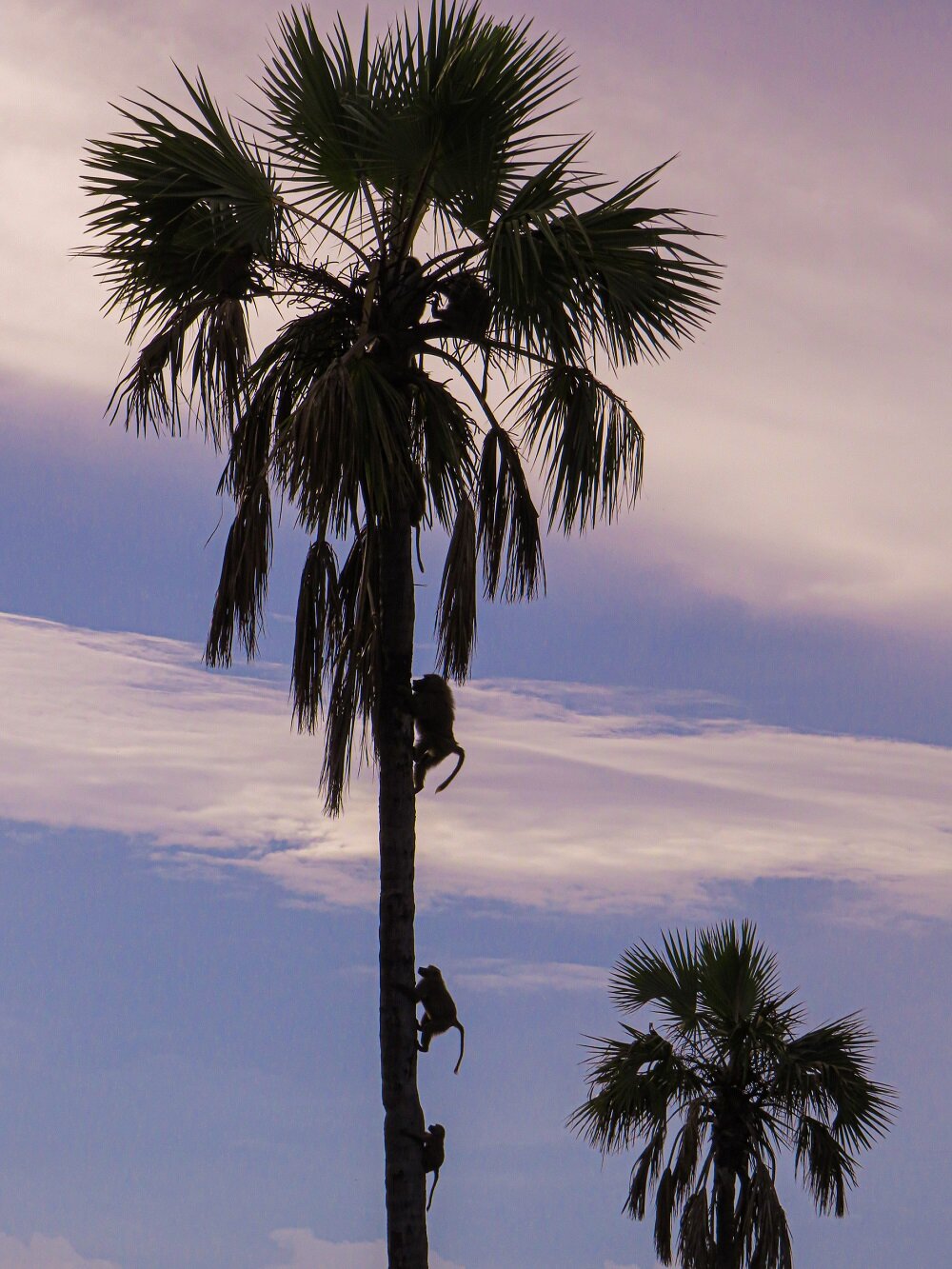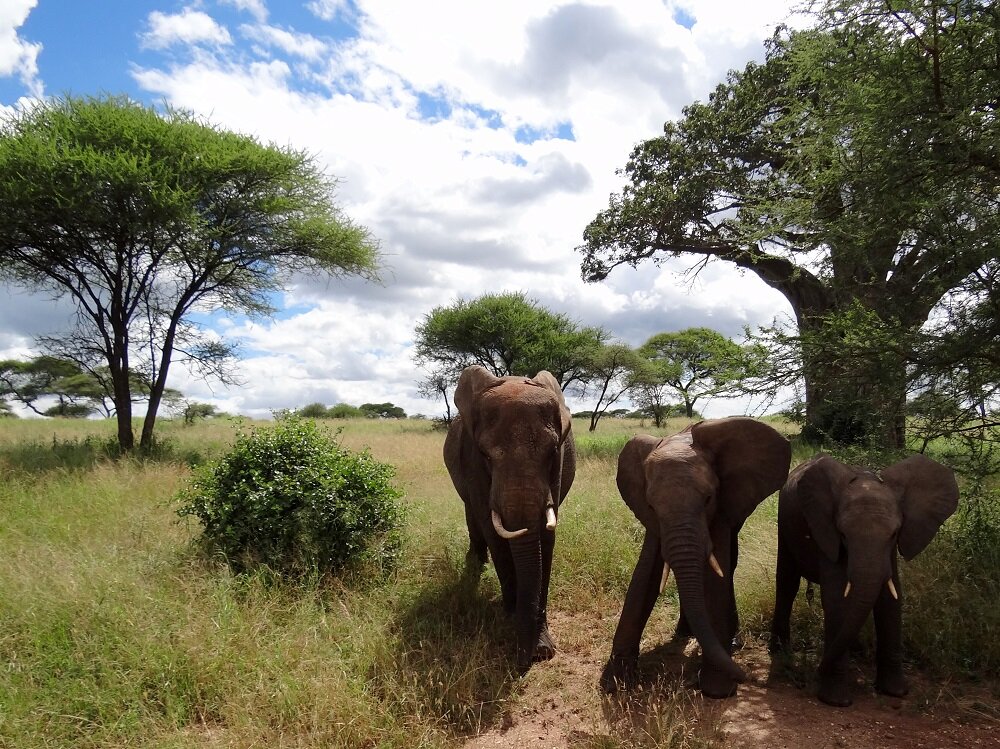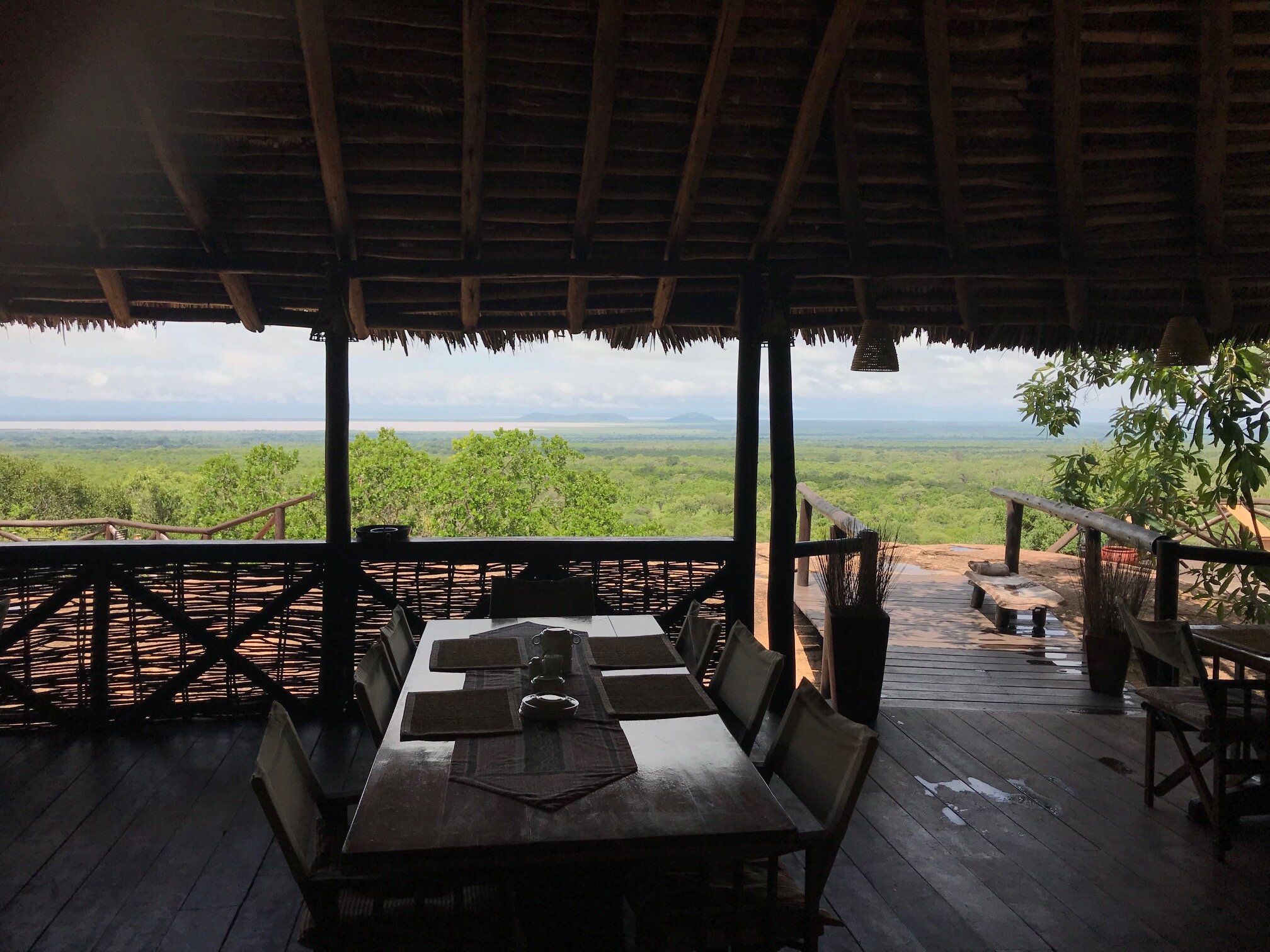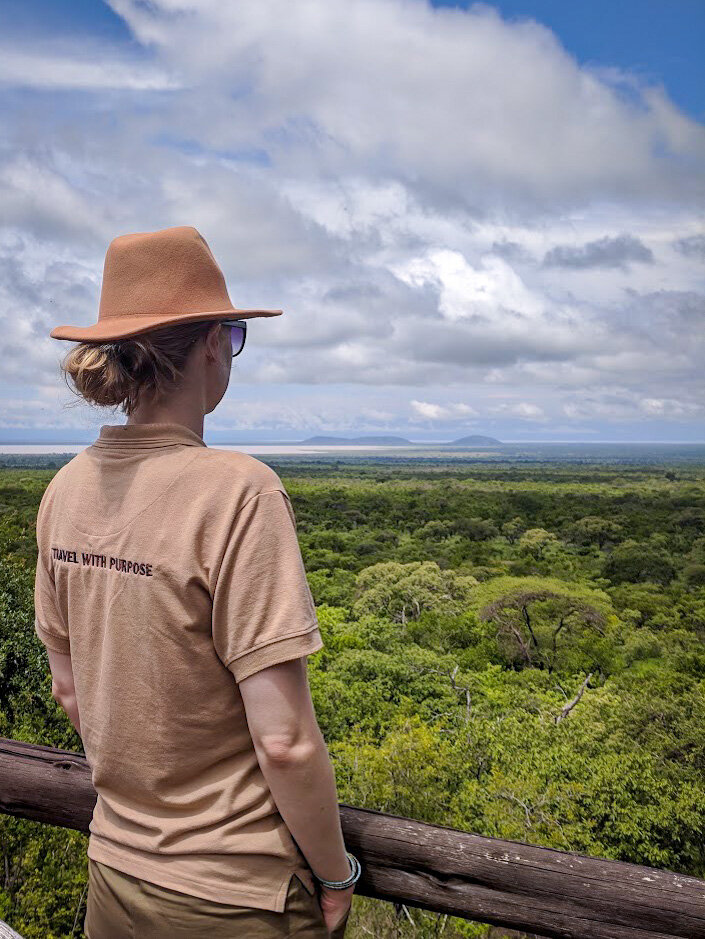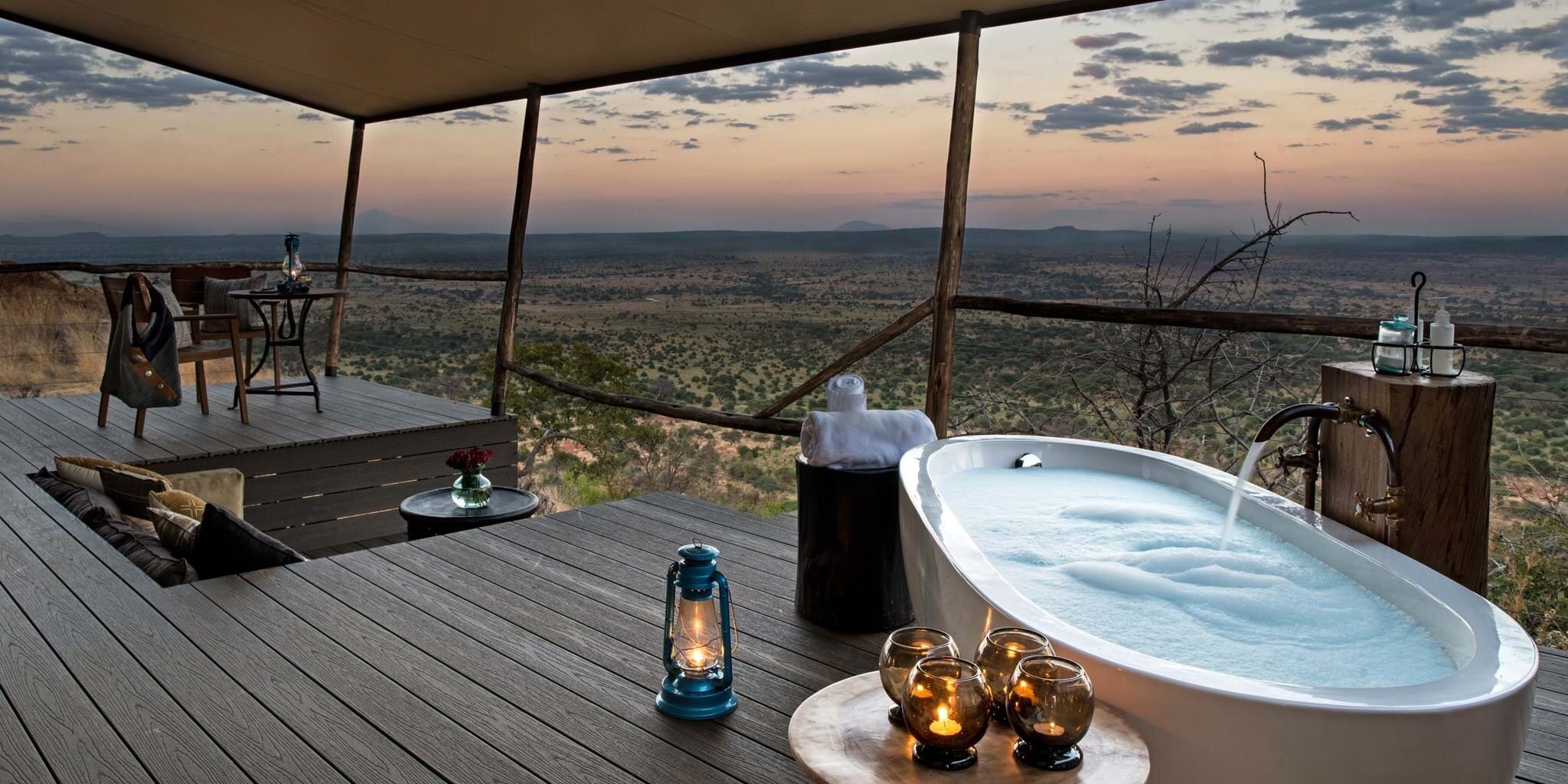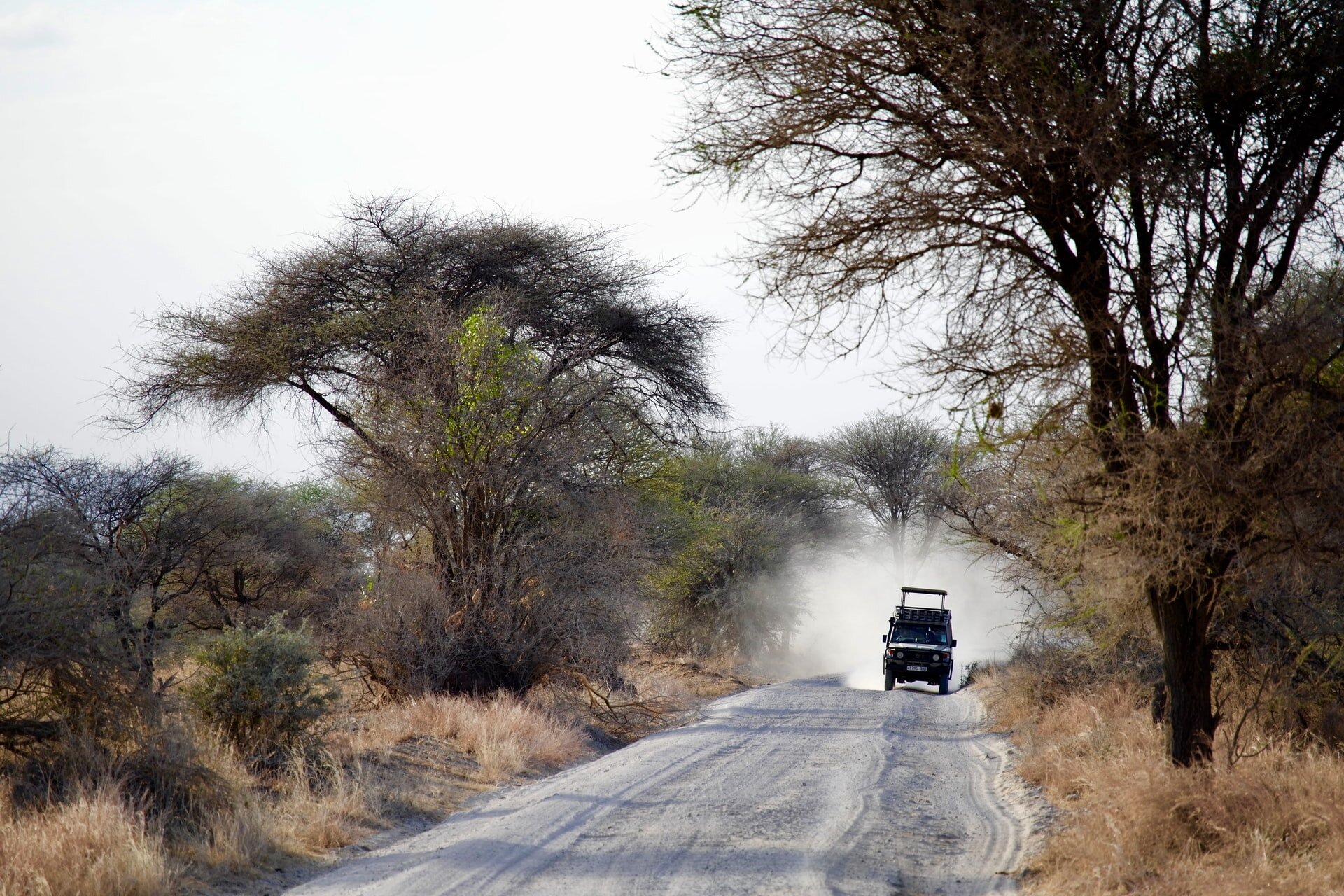Join us on a Tarangire Safari!
Often described as Tanzania's most underrated national park, Tarangire National Park is one of Africa's little-known gems and a must for any northern circuit itinerary. Receiving just a fraction of the Serengeti’s visitors means more space and exclusivity for those who do make it there. Boasting a variety of wildlife as diverse as its landscape, Tarangire is also the park that boasts the largest population of elephants in Tanzania—making it arguably the best place in the world to see African elephants.
With four of the Big Five also residing inside the park, it’s a terrific spot for a day trip from Arusha or as an addition to a Serengeti/Ngorongoro focused itinerary. Tarangire National Park is located between the meadows of Maasai Steppe to the south east and the lakes of the Great Rift Valley to the north and west, about 120 kilometers outside of Arusha. Being one of the most seasonal parks in northern Tanzania, Tarangire has a lot of migratory movement within the greater Tarangire ecosystem. All of this makes Tarangire one of the best parks to revisit on a second or third safari as it always has something new to show you.
Wildlife in Tarangire national park
The wild animals you’ll see in this park will differ based on the season. Some animals leave the park between November to May. The game returns to the Tarangire swamps during the dry season, around the months of June to October, especially to the river system. At that point, herds of as many as 300 elephants search the dry riverbed for underground streams, while migratory buffalo, impala, wildebeest, zebra, gazelle, hartebeest and eland crowd around the shrinking lagoons. The park boasts the greatest concentration of wildlife outside the Serengeti and is therefore a literal smorgasbord for predators, and the only place in Tanzania where dry-country antelope like the fringe-eared Oryx and long-necked gerenuk are regularly seen. The swamps are the focus for 550 bird species, and it has the most breeding species in one habitat anywhere in the world, which makes Tarangire a famous safari destination for bird lovers.
Among other common animals in Tarangire are leopards, lions, hyenas, and cheetah that seem to be popular within the southern open areas, but the thick vegetation usually hides the main predators and makes them harder to spot compared to other parks in northern Tanzania. The large numbers of elephants and its colossal baobab trees make Tarangire a popular Tanzania photography safari destination. If you have enough time, we recommend staying for a few days in the south of the park as it’s less crowded and gives you the opportunity to get a real feel of the back country.
plant life in taragire national park
The name of the park comes from the Tarangire River that crosses through. This is the only source of water for wild animals during the dry seasons. The river is usually very dry; in fact, it is drier than the Serengeti. However, Tarangire’s vegetation is much greener — especially with lots of elephant grass, vast areas with mixed acacia woodlands and baobab trees. Next to the acacia, no plant is quite as associated with Africa than the noble baobab. Known otherwise as the Tree of Life, the baobab gets its shape from the fact it can store anywhere between 300 and 1000 liters of water within its trunk. Able to live up to 600 years, this tree is particularly common in Tarangire National Park. There are also a number of wide swamps which dry into green plains during the dry season in the south. The dry open woods, like acacia thickets, as well as many of its significant baobab trees make upmost of the vegetation of the Tarangire.
Activities in Tarangire
Tarangire is an ideal destination for those who want to explore beyond game drives. There are a number of options to explore the region on walking safaris which give you the opportunity to study the smallest creatures and learn about tracking animals. For a completely different perspective, however, you can soar through the sky in a hot-air balloon at dawn or head out on a night drive to find nocturnal wildlife. There are so many incredible ways to explore this place, and Sababu Safaris has the local knowledge and resources to make this happen!
The Best time for a Tarangire national park tour
During the dry season, Tarangire has the highest concentration of mammals in the country. From late June to October thousands of animals migrate to Tarangire from Lake Manyara National Park, and animals tend to congregate around Tarangire River. This makes for one of the greatest safari experiences in Africa! And if you’d like to couple this with a more people-oriented activity, our Sababu Tanzania Experiences are designed to let guests meet the local people, learn about their culture, and even make a difference in a variety of ways.
Please keep in mind that July to October marks the high season, with many tourists filling the park. While the low season is less busy it also comes with more rain, and due to the tall grass animals are a bit harder to spot. We are always dedicated to helping our guests have the best safaris possible, so check out the various Tanzania safari holiday options and please get in touch to ask questions or tell us exactly what kind of safari you’re looking for.



